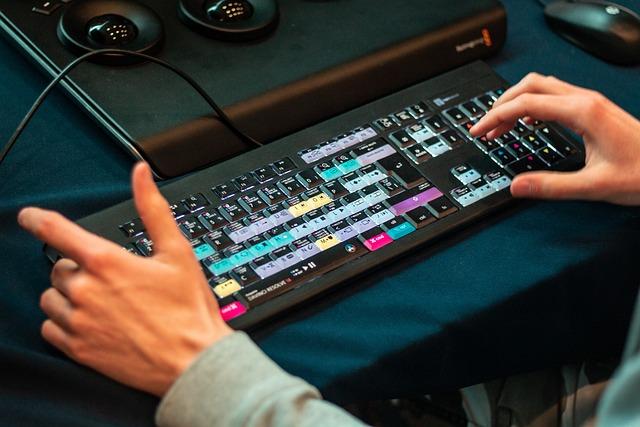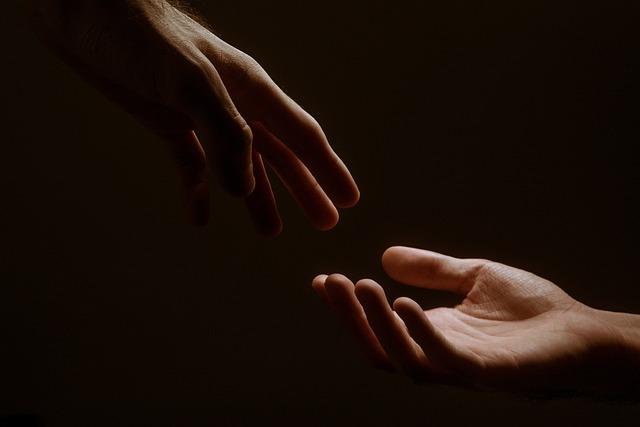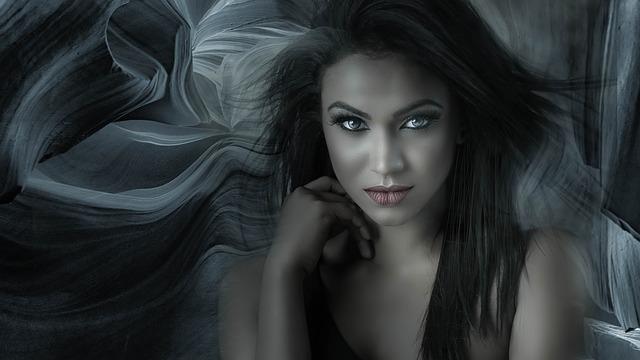In the dimly lit editing suite, where raw footage transforms into cinematic masterpieces, an intricate dance unfolds between directors and editors. This collaboration, often hidden from the limelight, is where vision meets precision, and storytelling takes its final form. As the director’s creative spark merges with the editor’s meticulous eye, the film evolves from scattered scenes into a seamless narrative. Together, they navigate the delicate balance of artistic intent and audience engagement, crafting a film that resonates long after the credits roll. This article delves into the nuanced partnership that shapes the essence of cinema, exploring how these two pivotal roles harmonize to bring stories to life on the silver screen.
Crafting a Vision: The Director-Editor Synergy
In the intricate dance of filmmaking, the relationship between the director and editor is akin to a dynamic duet. This collaboration is pivotal in transforming raw footage into a compelling narrative. Directors often envision the grand tapestry of the story, focusing on the emotions and themes that need to be conveyed. On the other hand, editors bring a fresh perspective, honing in on the rhythm, pace, and continuity. Together, they craft a seamless journey that aligns with the director’s vision while incorporating the editor’s technical finesse.
- Shared Vision: Directors and editors must cultivate a mutual understanding of the film’s goals.
- Creative Dialogue: Open communication fosters innovative solutions and narrative clarity.
- Balancing Perspectives: Editors offer a critical eye, balancing artistic intent with audience engagement.
This synergy is not just about technical execution but about blending two creative minds to breathe life into a story, ensuring that every cut and transition resonates with the intended emotional impact.
Navigating Creative Differences: Strategies for Effective Communication
In the intricate dance between directors and editors, effective communication is the linchpin that holds the creative vision together. Differences in opinion are inevitable, but they can be navigated with grace. Here are some strategies to foster a harmonious collaboration:
- Active Listening: Ensure both parties have the opportunity to voice their perspectives without interruption. Understanding each other’s vision can illuminate common ground.
- Regular Check-ins: Schedule consistent meetings to discuss progress and address any concerns. This keeps everyone aligned and reduces the chance of miscommunication.
- Clear Objectives: Establish shared goals for the project. Knowing the desired outcome can guide creative decisions and provide a framework for resolving conflicts.
Flexibility and openness to new ideas can transform creative differences into opportunities for innovation. By fostering a culture of mutual respect and understanding, directors and editors can collaboratively shape a film that resonates with their shared vision, ultimately creating a more cohesive and compelling final product.

The Art of the Cut: Balancing Narrative and Pacing
In the intricate dance between directors and editors, the balance of narrative and pacing is crucial. This dynamic collaboration is akin to crafting a symphony, where each cut, transition, and sequence is meticulously designed to enhance storytelling. Directors often bring a vision, a framework of emotions and plot they wish to convey, while editors wield the tools of timing and rhythm to bring this vision to life. The art lies in knowing when to linger on a poignant moment or when to swiftly propel the story forward, maintaining the audience’s engagement.
- Intuitive Decisions: Editors often rely on instinct to determine the tempo of a scene, ensuring it aligns with the director’s vision.
- Seamless Transitions: Smooth transitions are essential to maintaining narrative flow, requiring constant dialogue between director and editor.
- Emotional Resonance: The cut must enhance emotional beats, often determining the overall impact of a scene.
Ultimately, the synergy between directors and editors shapes the film’s essence, transforming raw footage into a cohesive, compelling narrative.

Tools and Techniques: Enhancing Collaboration in the Editing Suite
In the dynamic environment of the editing suite, directors and editors rely on a variety of tools and techniques to foster seamless collaboration. Modern software like Adobe Premiere Pro and Avid Media Composer have transformed the editing landscape, offering real-time sharing features and cloud-based project management. These tools enable directors to give immediate feedback and make on-the-fly adjustments, ensuring that their vision is meticulously translated into the final cut.
Beyond technology, certain techniques play a crucial role in enhancing collaboration. Regular brainstorming sessions allow for the exchange of creative ideas, while storyboarding ensures that both parties maintain a unified vision. Establishing a shared language through color coding and marker annotations can also streamline communication, making it easier to highlight key scenes or suggest edits. By combining cutting-edge tools with strategic techniques, directors and editors can work harmoniously to sculpt a film that resonates with audiences.

